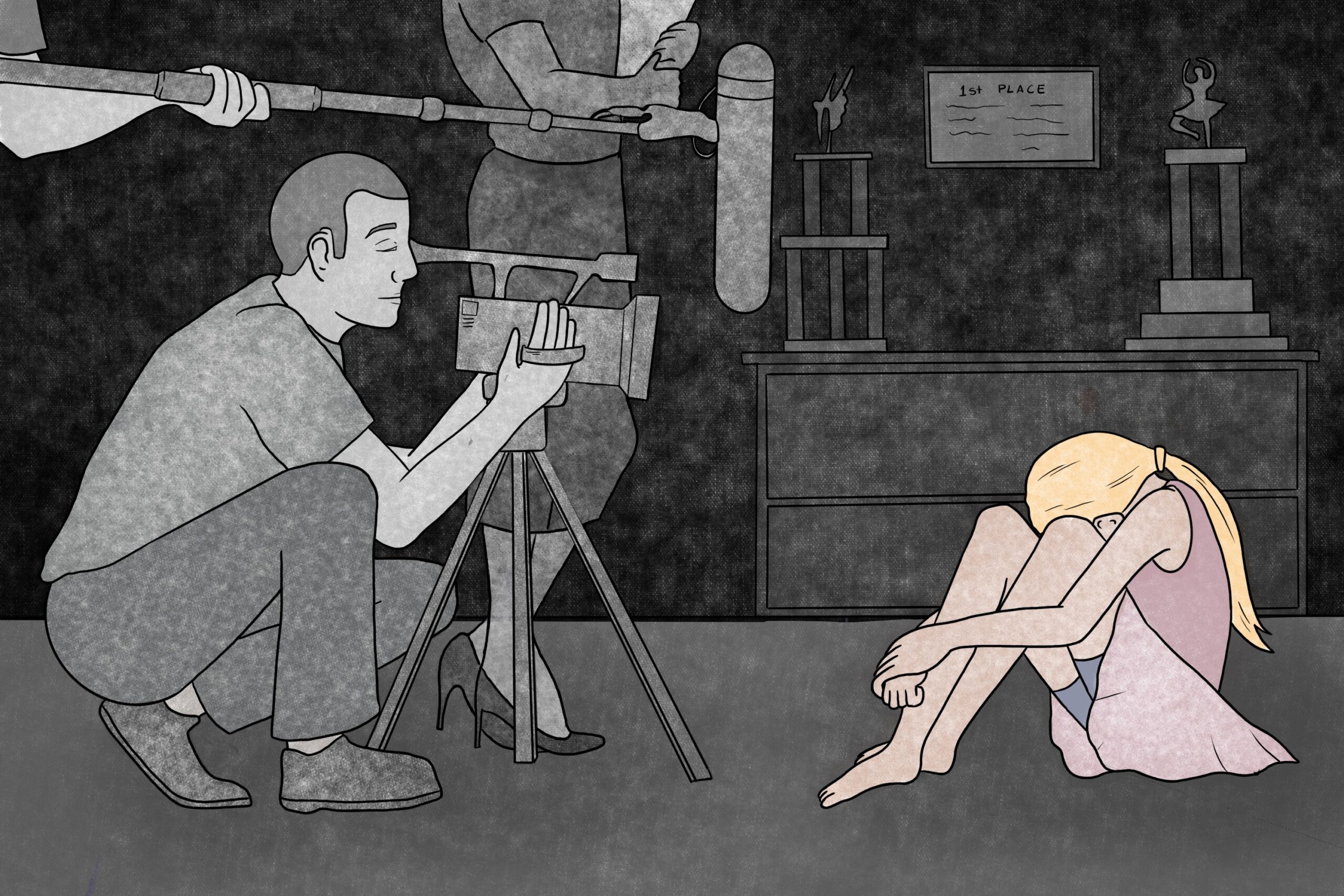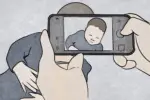Child stars are growing and can now divulge their stories to avoid woeful recurrence.
One of the most notorious reality shows from the 2010s was “Dance Moms,” which featured the dance career of young girls ranging from six to thirteen years old. The show was primarily based on the drama between the mothers and strict teacher Abby Lee Miller. However, the voices of these prior child stars reveal that they endured both unveiled and aired trauma during the running.
Lifetime’s “Dance Moms: The Reunion” will be released in May this year, but is already causing controversy. Fanatics of the reality show received a first glimpse of the girls’ reunion on a TikTok video, where they noted that the “original girls,” Maddie Ziegler, Kenzie Ziegler and Nia Sioux, weren’t present. Some audiences were unhappy that they couldn’t share their experiences, but others mentioned that they were pleased the now-adults want to move on from their history.
https://www.youtube.com/watch?v=nZhwoUwbNBM
In one of the antagonistic and hostile clips from the trailer, Jojo Siwa claims that she doesn’t want to be a person who doesn’t acknowledge what launched her fame, seemingly throwing shade at the girls who didn’t attend. She mentions, “No matter how bad it got, I always wanted to stay.” Accused of perpetuating child abuse for money and praise in her girl group, XOMG Pop! Jojo Siwa has been gaining a lot of negative attention. Many girls from her group have left and are exposing Jojo Siwa for being verbally abusive and endangering their health.
This correspondingly relates to the inquiries audiences had for the mothers who kept their children in a toxic environment for the sake of character and career growth. Many blame contracts and others blame power or money-hungry desires.
Maddie Ziegler describes Dance Moms as “the worst.” Portrayed as Miller’s golden student, she has noted that she never watched episodes. The lyrical and tap dancer mentions that Miller’s heightened expectations and some of the mom’s or audience’s bratty characterization of the girl led to perfectionism and anxiety at eight years old. She was constantly fidgeting with her fingers or biting her nails. She and her sister, who were often body-shamed, shattered their contact with Miller to heal and build their path.
Rumored to prioritize her education and sorority life at UCLA rather than opening previous chapters in her life, Nia Sioux opted out. Miller has been accused of racist remarks and typecasting of Sioux and other young Black dancers like Kamryn Smith, once referring to Sioux’s braids as “horrible.”
Seen crying from reading the pages of their past, the Hyland sisters and Chloe Lukasiak struggle at the reunion, even though their authoritarian and abusive teacher isn’t present. After leaving “Dance Moms,” Lukasiak revealed that Miller had mocked her eye condition before that information reached the public. However, the audience did witness Miller calling the young girl a snake and a sneak, sometimes even refusing to say her name. In a teaser for the reunion, Lukasiak tears up and laments that she never felt good enough.
In the past, the girls witnessed violent screaming matches between adults and endured humiliation from their teacher, which entertained audiences. YouTube channels like MackZBoss release videos scrutinizing the damage the girls took and placing responsibility on adults like the production and Miller.
“Dance Moms: The Reunion” will likely not reveal anything groundbreaking but will cultivate drama between the old members. Lifetime crafted and produced the story of the Dance Moms girls, allowing their combative environment to become a norm. The competitive narrative of Lifetime in this reunion remains the same as the description from previous reunion episodes: “May the best Dance Mom win.” Trauma resurfaces and is explored but audiences have watched the dancers cry for almost a decade.
Abuse cycles tend to repeat, and it’s the moment that audiences question if reliving trauma is a necessary catharsis or another exploitative move from entertainment production teams. Was this show a good idea? For who? Was this brave of the girls? Or reckless of the production team?

















